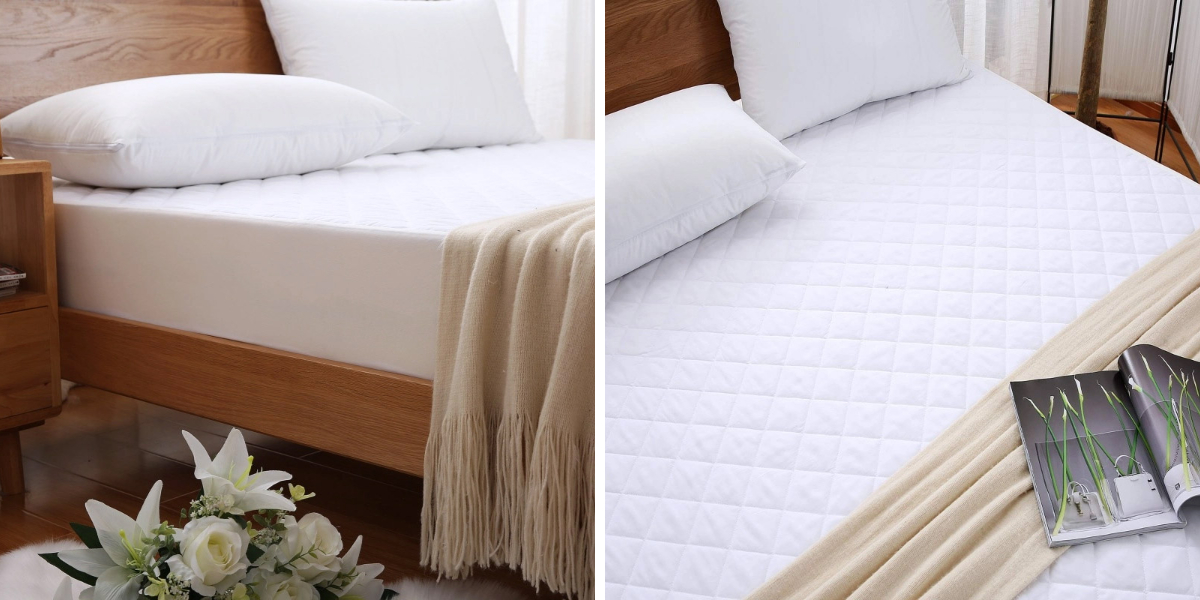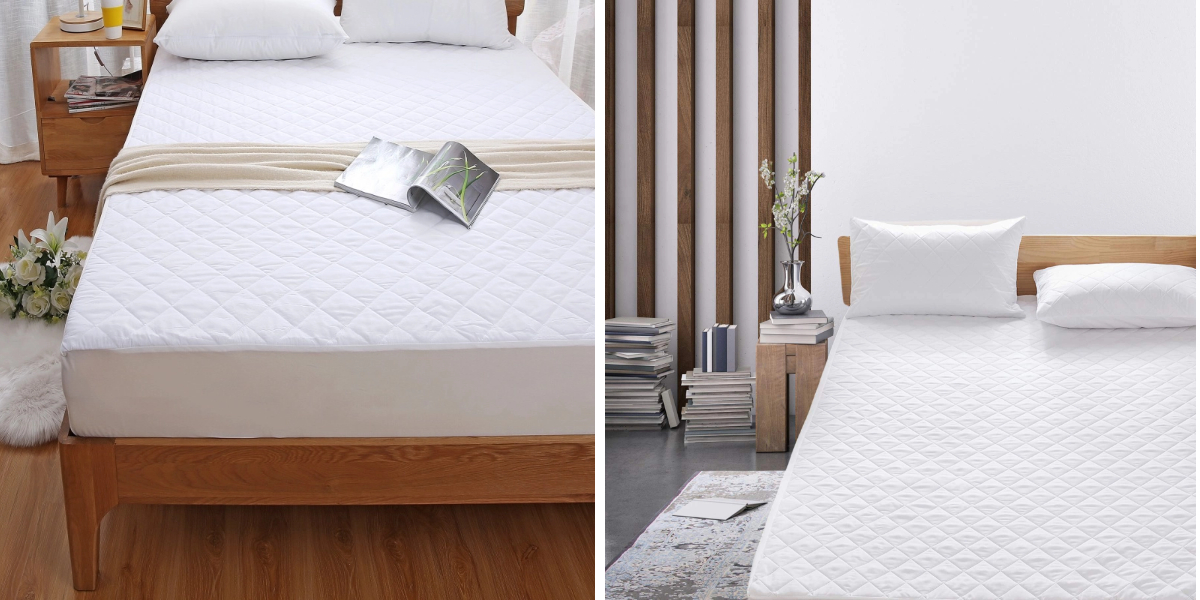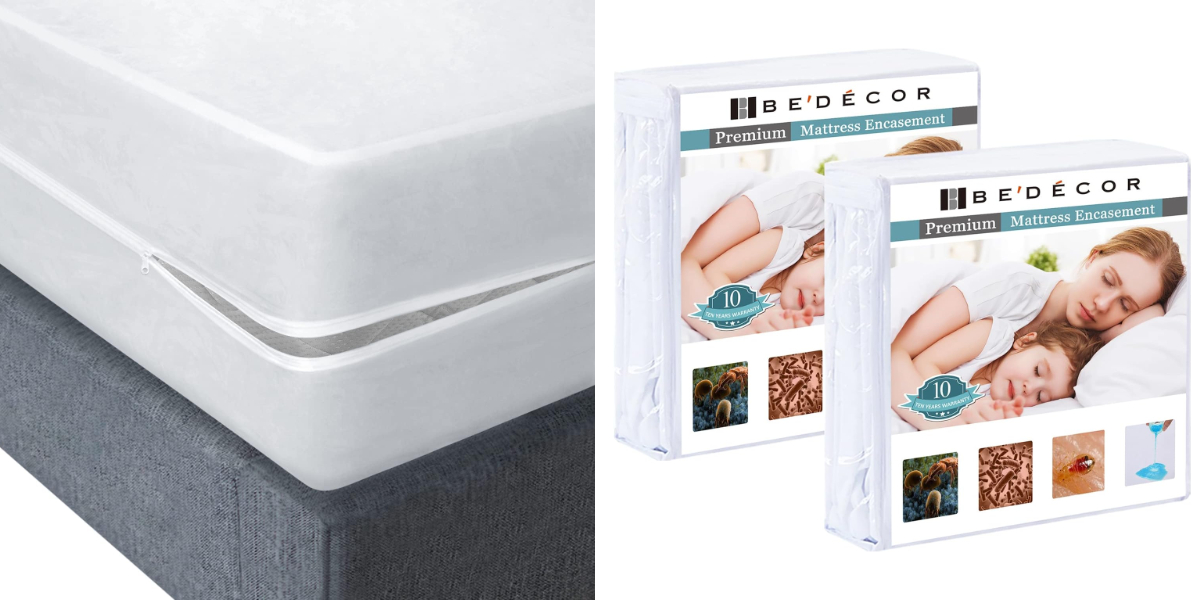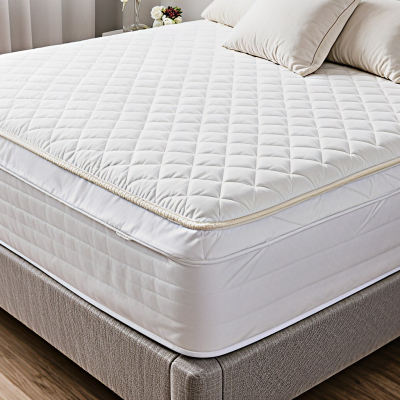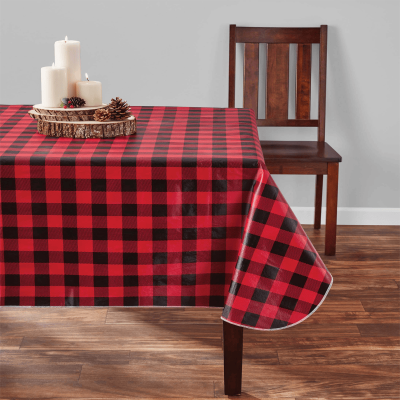Do Breathable Mattress Protectors Really Work? Here’s What to Know Before You Buy
Let’s face it — no one wants to wake up sweaty in the middle of the night, especially when you’ve invested in a supposedly “breathable” mattress protector. But do breathable mattress protectors actually live up to the hype? Or are they just a marketing buzzword stuck on plastic covers?
Here’s what I found out after researching the materials, testing a few myself, and talking to a couple of people who use them in home and hotel settings. If you’re shopping for a mattress protector, this might help you choose the right one.
✅ What Does “Breathable” Really Mean?
In the context of mattress protectors, breathable doesn’t just mean “thin.” It refers to the ability of the fabric to allow air and moisture vapor to pass through, without letting actual liquids soak in.
Most breathable mattress protectors are made from materials like:
Cotton terry with a waterproof TPU backing
Polyester knit or jersey fabrics
Microfiber blends with ventilation zones
The idea is that these materials can block spills, but still let your body heat escape — so you’re not sleeping on a heat-trapping layer.
🛏️ Do They Actually Work?
Short answer: Yes, but it depends on the material and construction.
Some cheaper protectors claim to be breathable but feel like a plastic tarp — they crinkle and trap heat. The better ones usually combine a soft fabric top with a breathable waterproof layer underneath (often TPU, which is more flexible and air-friendly than PVC).
From personal testing, the cotton terry protectors with TPU offered the best balance — no sweating, no noise, and full protection against light spills.
🔍 What to Look for When Buying
Here are a few things to consider if you're shopping for a breathable mattress protector:
1. Fabric Material
Look for cotton or knit tops — they feel more like regular bedding and allow for better airflow.
2. Waterproof Layer
Avoid vinyl or PVC if breathability is your priority. Instead, go for TPU (thermoplastic polyurethane), which blocks liquids without making you feel like you're wrapped in a raincoat.
3. Fit & Closure
A zippered mattress protector gives you full encasement, which is great for blocking dust mites and bed bugs, but may be warmer. A fitted-sheet style is easier to take off and usually sleeps cooler.
4. Sizing
Make sure you get the right size — for example, a full size mattress protector should fully cover a standard 54" x 75" mattress without pulling tight or slipping.
🏨 Who Needs Breathable Mattress Protectors the Most?
Hot sleepers who wake up sweating
Kids and pets prone to nighttime accidents
Hotels and rentals, where durability and comfort both matter
People with allergies, especially if the protector also blocks dust mites
Anyone with a memory foam mattress, since foam tends to trap more heat
🛒 Recommended Options
I’ve tried a few over the past year, and here are the ones that stood out:
Cotton Terry Fitted Mattress Protector – soft, absorbent, and barely noticeable under sheets.
Zippered Waterproof Encasement – great for full protection but a bit warmer. Best for allergy or bed bug concerns.
Cooling Bamboo-Blend Protector – breathable and moisture-wicking, ideal for summer or warm climates.
🧼 Bonus Tip: Maintenance Matters
Even the most breathable protector can feel hot if it’s dirty. Sweat and skin oils build up over time and reduce airflow. Wash your protector regularly — once a month is a good rhythm for most people.
Final Thoughts
So, do breathable mattress protectors work? Yes — if you choose the right one.
Look beyond marketing claims, and pay attention to fabric, waterproofing technology, and construction. You don’t have to trade comfort for protection. A quality mattress protector can do both — and help your mattress last longer too.
If you’re someone who values cool sleep and a clean bed, investing in a breathable, full size mattress protector (or zippered version if you need more coverage) is absolutely worth it.

